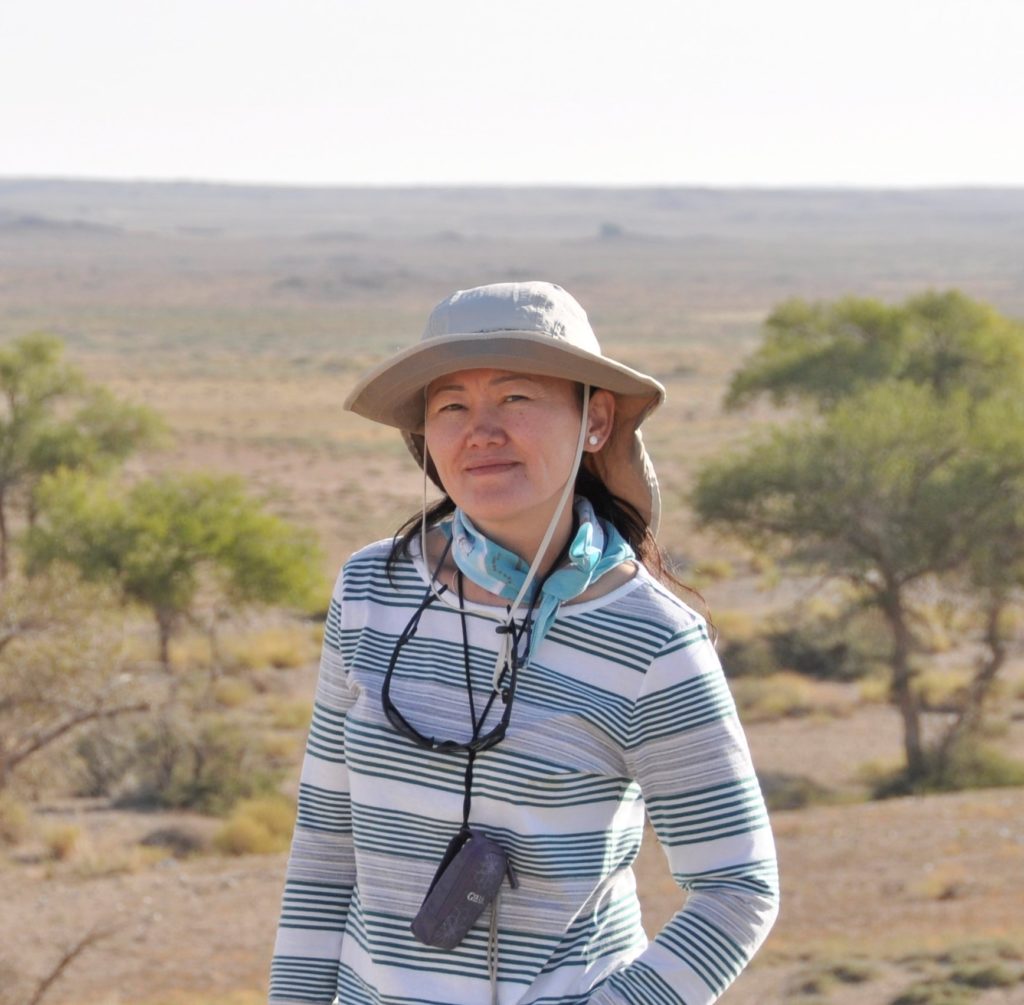
Herders, indicators and ratings predict rangeland conditions in three Mongolian ecological zones
October 2, 2018 @ 5:30 pm - 7:00 pm
Synopsis
Given the growing research on traditional ecological knowledge and its use in resource management, there is a need to understand the relationship between indicators to assess resource condition used by researchers and those used by local herders. To better understand indicators used by herders, we conducted in-depth field interviews with 26 herders in three ecological zones of Mongolia. We asked each herder to 1) assess the overall condition of three different sites located along a livestock-use gradient from their winter camp using a numeric scale, 2) describe the indicators they used in their assessment, and 3) explain what caused their pastures to remain healthy or become degraded. At each site, we collected field data on vegetation variables and compared these with herders’ ratings and indicators using linear regression. We used classification and ordination to understand how herders’ assessment scores related to plant community composition and determine how well multivariate analysis of factors determining plant community composition aligned with herders’ observations of factors causing rangeland change. Across all three ecological zones, herders used four main indicators when defining rangeland health: vegetation composition, number of plants that emerge or sprout during growing season (called garts by herders), vegetation productivity (called urgats by herders), and forage suitability for livestock. Herders’ assessment scores correlated significantly and positively with measured total foliar cover in all three ecological zones, and with additional measured variables in the steppe and desert steppe. Ordination revealed that herder assessment scores were correlated with the primary ordination axis in each zone, and the main factors driving plant community composition in each zone were the same as those identified by herders as the primary causes of rangeland change in that zone. These results show promise for developing integrated indicators and monitoring protocols and highlight the importance of developing a common language of monitoring terminology shared by herders, government monitoring agencies, and researchers.
About Presenter: Chantsallkham Jamsranjav
Chantsaa’s career in rangeland ecology and community-based natural resource management has been dedicated to the science and practice of sustainable resource management, with a focus on working with local herder communities in Mongolia. Chantsaa has a PhD in Rangeland Ecosystem Science and has just completed post-doctoral study in the Forest and Rangeland Stewardship Department at Colorado State University. Her doctoral work focused on theory and method in ecology, community-based resource management, and integration of ecological and social studies to advance our understanding of coupled social-ecological systems. Her postdoctoral study focused on understanding the relationship between herders’ ecological knowledge and scientific knowledge, and integration of these two knowledge systems to improve resource monitoring and management efforts. Prior her PhD, Chantsaa worked with different international development and resource conservation organizations focusing on strengthening local peoples’ capacity to improve their livelihoods and community-based resource management.
About ACMS:
The American Center for Mongolian Studies (ACMS) is a non-profit organization dedicated to supporting scholarship in Mongolian Studies. The ACMS Speaker Series are organized in partnership with the U.S. Embassy and the Natsagdorj Library and provides an important platform for researchers engaged in Mongolia to share their experiences and findings with the public. The event promotes information exchange on a variety of subjects related to Mongolia and is free and open to the public.
